“Boro Textiles: Sustainable Aesthetics”
Japan Society, New York
What the museum says: “ (“rags” or “tatters”) are patchwork textiles hand-pieced by peasants in Japan in the 19th and early 20th centuries. The inability to cultivate cotton in the northern climate of Tohoku necessitated the practice of stitching remnants of used fabric into utilitarian items, including blankets, coats, and mittens. These hard-used garments—reworked over generations—express essential principles of Japanese ethics and aesthetics, such as an appreciation for distinguished imperfections and the avoidance of waste.
…The installation, designed by New York architecture firm SO–IL, rediscovers this traditional handicraft, its history of survival and ingenuity, and its continued legacy within creative practices today.”
Why it’s worth a look: One of the most pressing issues facing the fashion world right now is that of sustainability, so it’s a perfect time for this nuanced look at the impact that a specific cultural practice can contribute to the field.
More than 50 archival pieces are on display in the galleries, culled from the collection of the late cultural anthropologist Chuzaburo Tanaka, and juxtaposed with garments by contemporary practitioners who have taken up the mantle of An orange patterned bodice by the fashion designer Rei Kawakubo is shown with a charcoal gray ensemble by Yohji Yamamoto. Meanwhile, mixed-media textiles by Susan Cianciolo and Christina Kim show how the form can be applied to a contemporary practice.
Alongside the historic works, photographs by Kyoichi Tsuzuki show people cloaked in textiles, highlighting the human element that is so often forgotten or ignored within the garment production industry.
What it looks like:
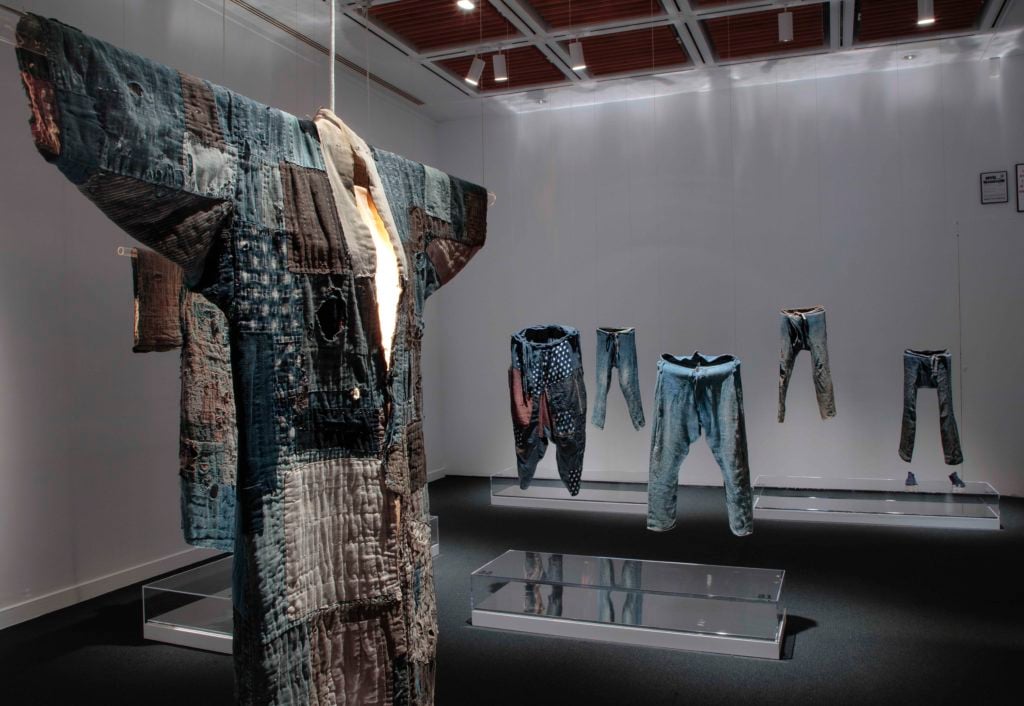
Installation view, “Boro Textiles.” Photo: Richard Goodbody, courtesy of the Japan Society.
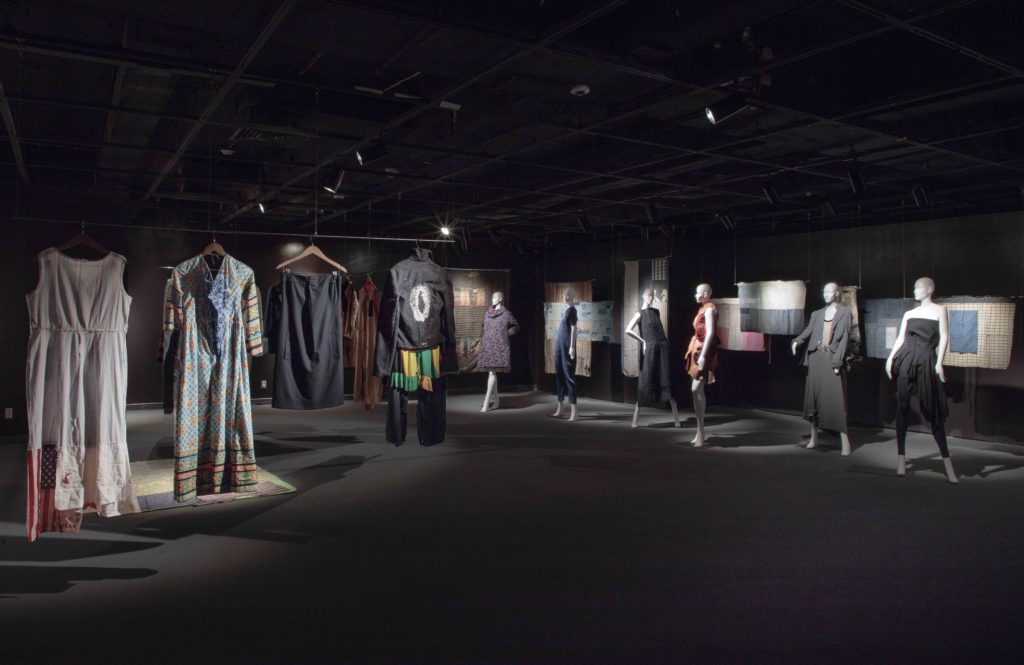
Installation view, “Boro Textiles.” Photo: Richard Goodbody, courtesy of the Japan Society.
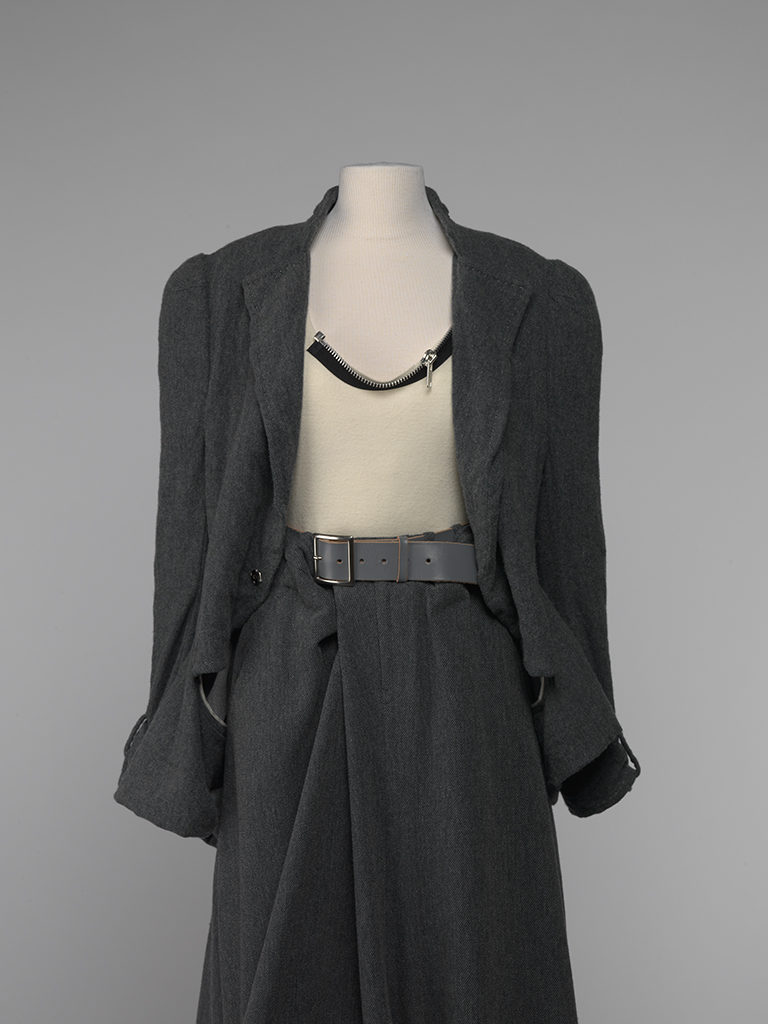
Yohji Yamamoto, suit from Fall/Winter 2006-07. The Mary Baskett Collection. Photograph by Scott
Hisey.
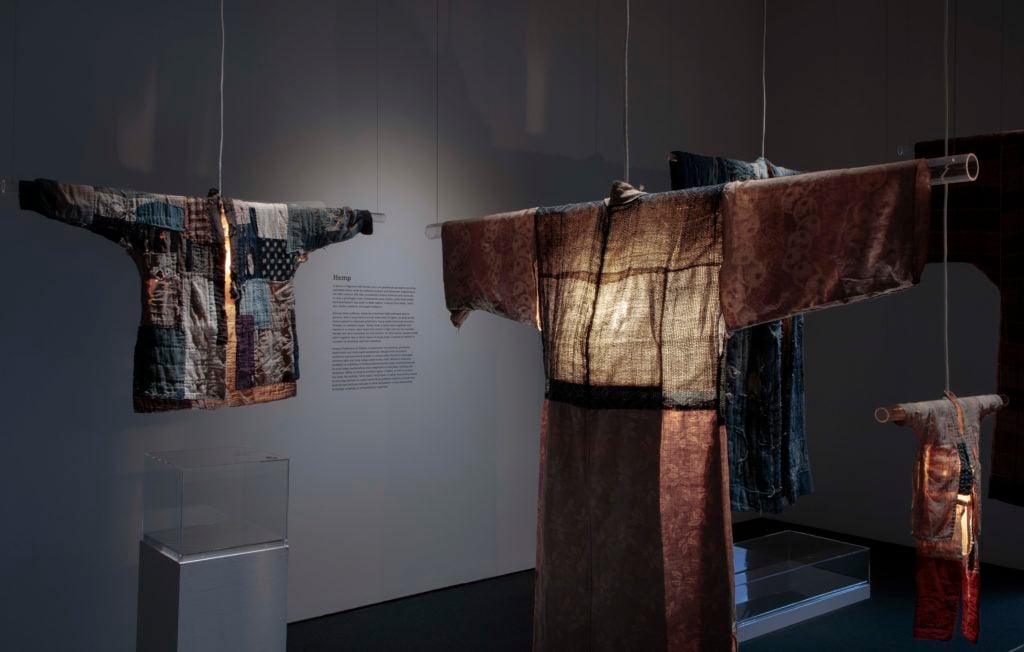
Installation view, “Boro Textiles.” Photo: Richard Goodbody, courtesy of the Japan Society.
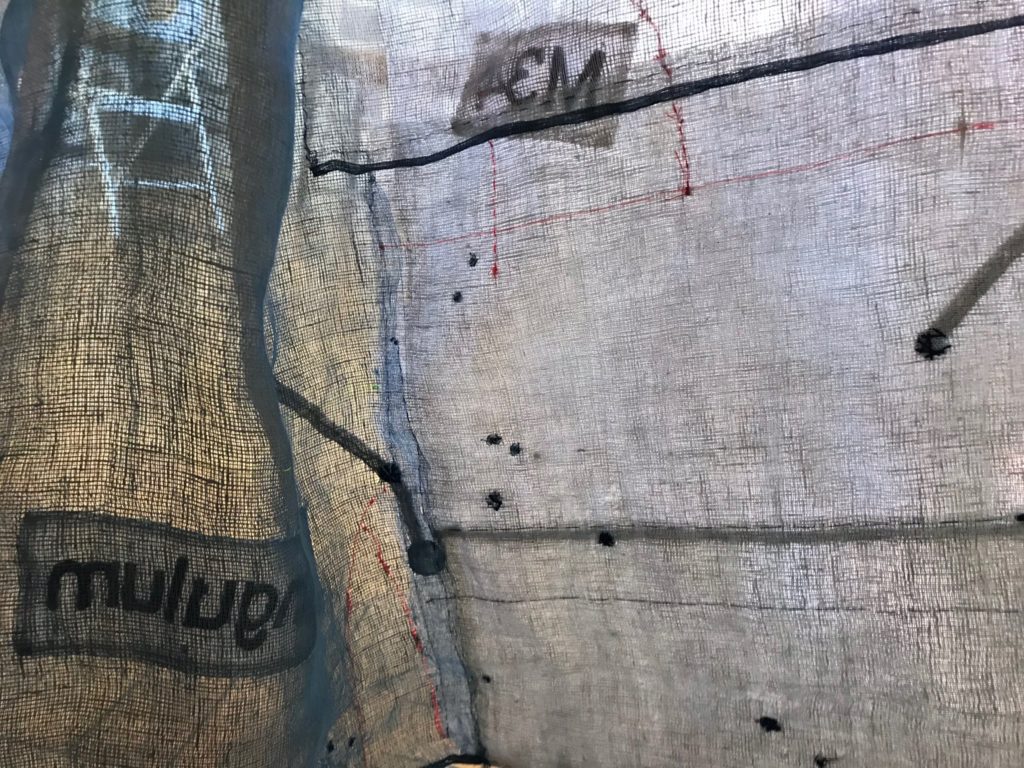
Textiles by Christina Kim, courtesy of the artist.

Installation view, “Boro Textiles.” Photo: Richard Goodbody, courtesy of the Japan Society.
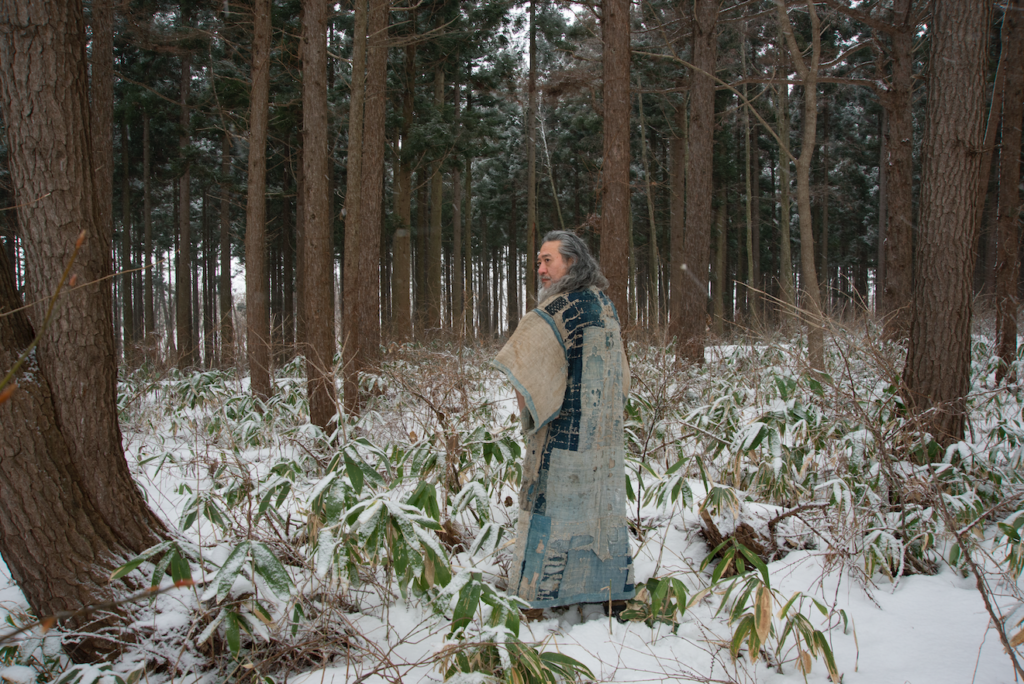
Kyoichi Tsuzuki, , (2018). Courtesy of Amuse Museum, Chuzaburo Tanaka Collection.

Kyoichi Tsuzuki, (2018). Courtesy of Amuse Museum, Chuzaburo Tanaka Collection.
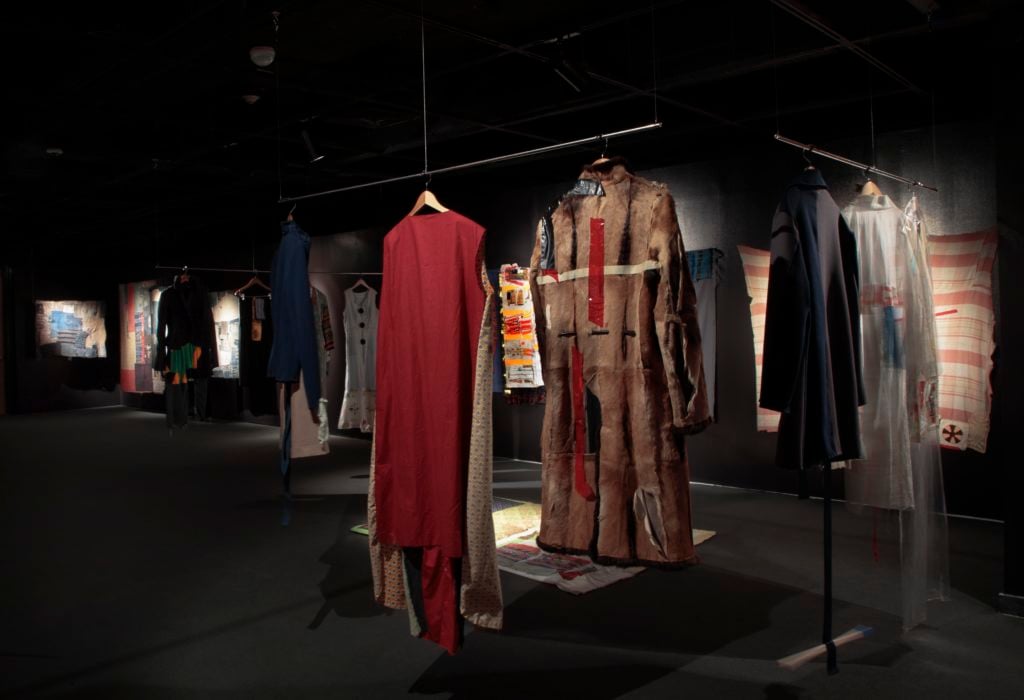
Installation view, “Boro Textiles.” Photo: Richard Goodbody, courtesy of the Japan Society.

Rei Kawakubo/Comme des Garçons, Dress from Adult Delinquent Collection, Spring/Summer 2010. The Mary Baskett Collection. Photograph by Rob Deslongchamps.

Installation view, “Boro Textiles.” Photo: Richard Goodbody, courtesy of the Japan Society.

Susan Cianciolo, (2015-16). Courtesy of the artist and Bridget Donahue, NYC.

Susan Cianciolo, (2017). Courtesy of the artist and Bridget Donahue, NYC.
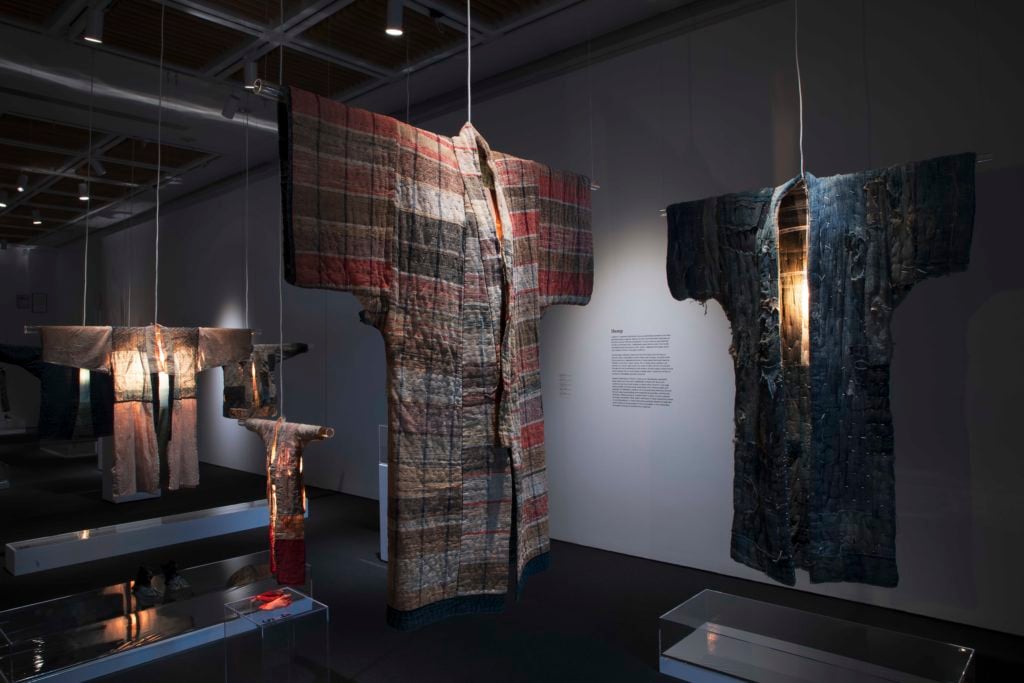
Installation view, “Boro Textiles.” Photo: Richard Goodbody, courtesy of the Japan Society.
Source: Exhibition - news.artnet.com



